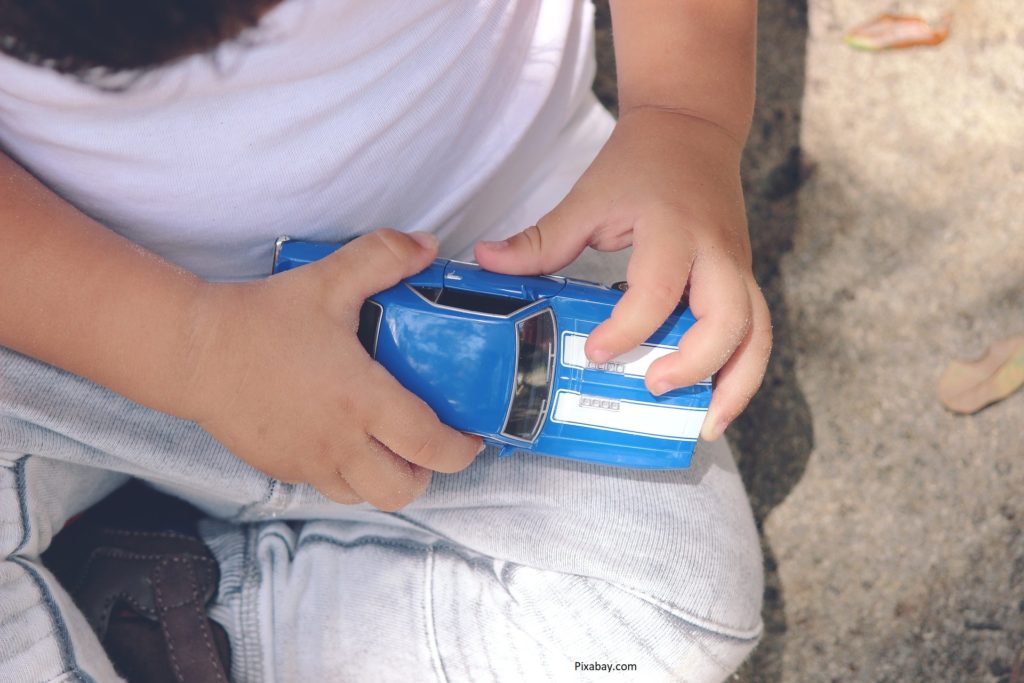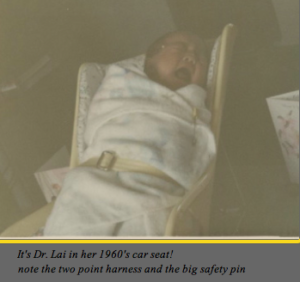
Car seat safety isn’t just child’s play.
Just in time for families who plan to drive to Labor Day Weekend destinations, the American Academy of Pediatrics updated their car seat safety recommendations.
Families are now encouraged to keep their children rear facing for as long as possible, until they exceed the height or weight limit allowed by their car seat’s manufacturer. This means that some kids who are older than two years will continue to ride backwards. Dr. Lai’s own pip squeaks easily would have ridden backwards until they were three or four years old.
Regardless of age, kids facing backward in a car crash fare better than kids facing forward. A rear facing car seat prevents whip lash by fully supporting a child’s head and neck. A forward facing car seat does not restrain kids’ heads. In a crash, kids’ heads continue to move at the speed of the car until the shoulder harnesses and lap belts restrain their bodies. It makes us wish that grownups could also somehow ride backwards.
Other recommendations remain the same. For example, children can graduate from booster seats when they are 4 ft 9 inches tall and the car’s seat belt fits them properly. You can read about other car safety tips and view a link to children’s airline safety restraints in our 2017 post about car seat safety. In the post you will see a fabulous photo of a child who was saved by her car seat.
Again, no matter the age, as long as they fit, keep your children riding backwards in their car seats.
We’re thrilled that car safety has progressed over the years. Pictured here is Dr. Lai ready to go out in her 1960’s car seat : 
Drive Safe!
Julie Kardos, MD and Naline Lai, MD
©2018 Two Peds in a Pod®



